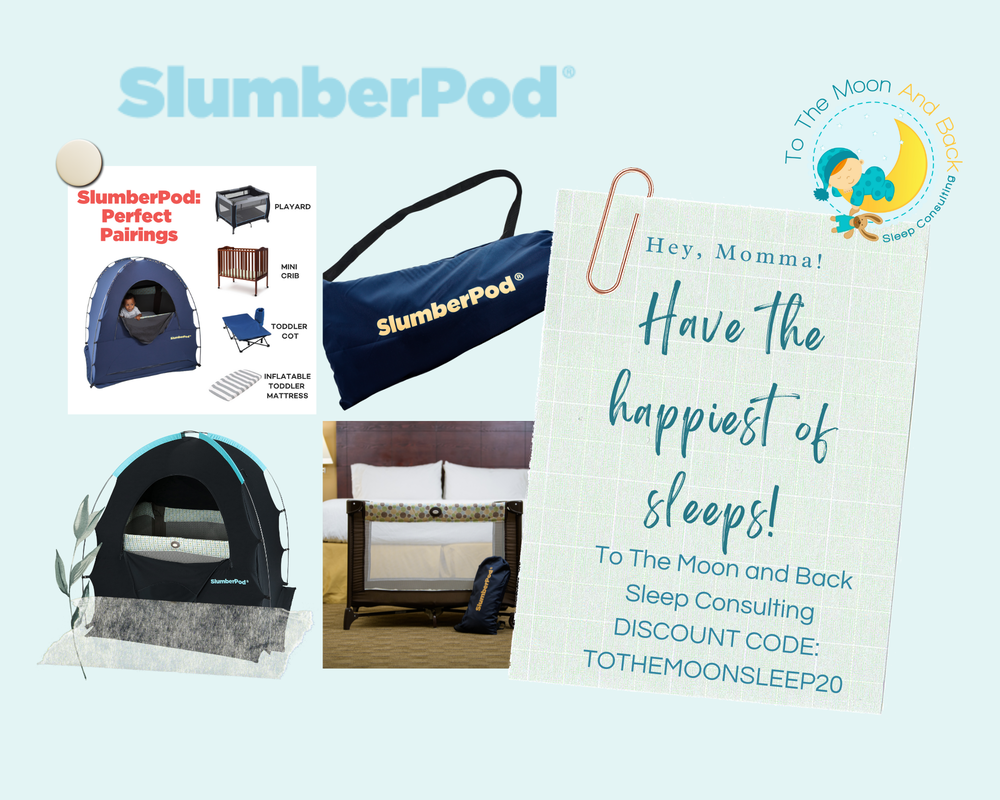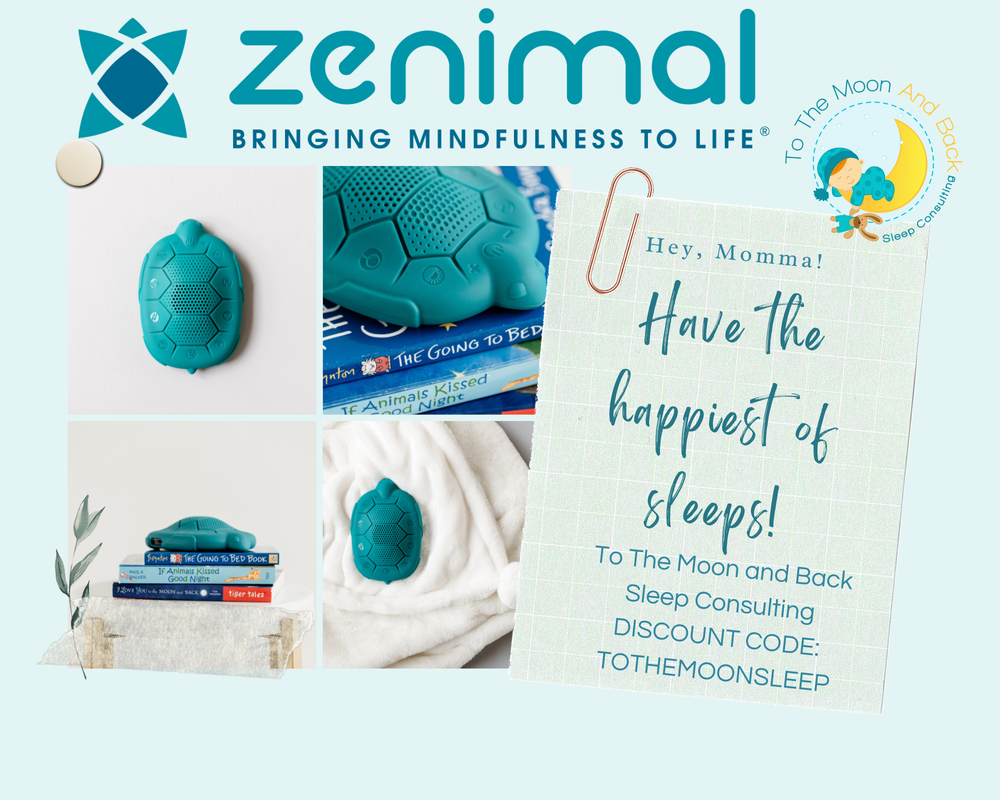|
Quick, without looking it up, what’s the opposite of “nocturnal?” We all know what nocturnal means, right? Animals that sleep in the day and do most of their activities at night, bats, owls, and raccoons being some familiar examples. It always surprises me that we’re not nearly as familiar with the term diurnal (that’s the answer, in case you didn’t know.) since, as humans, that’s what we are.
Our eyes don’t adapt to the dark all that well, we don’t have the echolocation skills of the bat, and we rely on the sun for our vitamin D. Since evolution is a painfully slow process, that’s the way it’s going to be for another couple million years, at least. But there are some really sweet benefits that come with being daytime creatures, and one of my favourites is a little thing called the circadian rhythm. The circadian rhythm, as you may already know, is the internal clock in the human body that prompts us to wake up in the morning and go to sleep at night, and much like a clock, it has a LOT of moving parts, only instead of gears and springs, it’s made up of stimuli and hormones. Two of these hormones are going to play the starring roles in our story, and those are melatonin and cortisol. If you’ve got a baby having a hard time sleeping, you have undoubtedly heard a lot about both of these guys. Melatonin is produced in the pineal gland of the brain, and its role is to help the body relax, both mentally and physically, and help us get to sleep and stay asleep. So when your baby gets an 11-12 hour stretch of glorious sleep, you can thank their pineal gland for firing up those melatonin pumps. But you can also thank the daylight because exposure to the sun stimulates melatonin production. Production, mind you. Not secretion. We’ll talk about that in a second, but the buildup of the hormone itself is stimulated by exposure to sunlight. So it’s not just an old wives tale. Getting your baby outside during the day really does help them sleep better at night! Once nighttime rolls around, the sun goes down, and our eyes stop taking in light, the brain responds by releasing those stores of melatonin that it built up during the day. That signals our muscles to relax, tells the brain to ease back on the thinking, and allows us to drift peacefully off to sleep, hopefully for a long, restful night. Come morning, the blue light from the sun starts to permeate the thin skin of our closed eyelids, signalling the brain that it’s time to get back into gear. After all, we’ve got hunting and gathering to do! So now our brain will help us get out of bed, shake off those cobwebs, and get on with our tasks for the day, and it will do that, in part, by telling our adrenal glands to pump out some cortisol. Now, cortisol gets a bad rap, in my opinion, because people associate it with stress. This is especially true if you have a baby at home because crying, stress, and cortisol all get packaged together in many modern conversations. “Baby’s crying? That’s because their cortisol levels are elevated, and it’s causing them stress. Or maybe it’s the other way around. They’re stressed, and that makes them cry, and that spikes their cortisol levels. Some combination of stress, cortisol, and crying. That’s your baby’s issue.” The truth is cortisol is a very beneficial hormone. It regulates metabolism, blood pressure, blood sugar, suppresses inflammation, and regulates the body’s stress response. It’s not some toxic stimulant that causes us to freak out. It has many benefits: it perks us up and keeps us alert during the day. This whole intricate dance between light and dark, cortisol and melatonin, awake and asleep, evolved over an incredibly long time, and it worked like magic up until, relatively speaking, very recently, when we discovered that we could pass an electric current along a filament and “artificially” illuminate our surroundings. Before that, we relied exclusively on fire, which emits very little blue light.
Depending on their hue, light bulbs emit quite a bit of it. And TVs, LEDs, computer monitors, iPads, smartphones, and all of those other screens that surround us today, absolutely flood our eyes with it. Unfortunately, all of that blue light coming at us in hours when we would normally be enveloped in darkness signals the brain that it’s still daytime and inhibits the release of melatonin, making it harder to get to sleep. Since we can’t reasonably get rid of all of the sources of blue light around us, the best thing to do for our little ones’ sleep is to turn off those really intense sources, like TVs and smartphones, a couple of hours before they go to bed, and make sure their sleeping area is as dark as we can get it. I’m talking real dark. Like, can’t see your hand in front of your face, kind of dark. Some blackout blinds can be a game changer, especially if you live somewhere where the days get exceptionally long in the summer. So that’s the story of the circadian rhythm and its daily heroic effort to keep us running at peak performance. It really is a fascinating little piece of our physiology, and with just a little support from our side, it can work wonders in getting us out of bed with energy and enthusiasm and helping us feel relaxed and peaceful when it’s time to sleep. Work with it instead of resisting it, and I guarantee you’ll start seeing and feeling the results immediately. So, you want to know how to help your little one get better naps. We will start with the sleep environment and ensure it's set up for optimal sleep. Darkness plays a vital role in the quality and quantity of our sleep. So, I always start with the room's darkness and ensure it's blacked out! And I mean blacked out, like CAVE DARK, can't see anything black. If you want to see what I mean when I say cave dark, email me, and I'll send you my Black Out Chart to give you a really good visual of what's dark in my world. Good quality blackout curtains will help darken the room, obviously, but they also help regulate the temperature in the room and block out environmental noises from waking Baby. SleepOut Portable Blackout Curtains are the ones I recommend to families (Discount Code: TOTHEMOONSLEEP10). Make sure Baby is not too hot and not too cold. Use sleep sacs once Baby is out of the swaddle. Baby's room should be between 19-21 Degrees Celsius. Next, I would ensure that all safe sleep guidelines are followed and that there is nothing in the crib but Baby and their sleep sack (under 12 months of age). There should be nothing hanging from the crib either, no mobiles. I have already touched on safe baby sleep guidelines on the blog, but they must be mentioned here again. If you need clarification on the most up-to-date guidelines, email me, and I'll send you the guide my one-on-one parents receive from me. Next, I suggest parents use a white noise machine for all sleep situations, not just naps. White noise can help babies connect sleep cycles and drown out environmental noises from waking baby. You want to make sure that you are using white, pink or brown noise. Not music or whale calls or lake scenes with wild birds chirping. These things will be to stimulating and wake up Baby's brain. Another suggestion along those lines is using an Ok-to-Wake device like the Hatch Rested+. These will give you light when you must attend to Baby at night. You want to have it set on a dim red for sleep time as this helps the brain during the night to produce melatonin. The other thing these Ok-to-Wake Devices or Toddler Clocks do is to give Baby something tangible to look for to know when it's time to wake up in the morning or from a nap. When it hasn't changed to green to signal that it's morning or the end of nap time, they can roll over and go back to sleep between sleep cycles. Ok-to-Wake Devices can also cut down on early morning wakings and crying in the morning. They learn that someone will come and get them up when the clock changes to yellow or green. They don't have to cry to signal that they are awake. In my experience, it's never too early to start teaching babies how to recognize the Ok-to-Wake Device changes. Babies are way smarter and more capable than we realize. The earlier, the better. All naps should take place in the crib or bassinet. This is the safest place for Baby. Plus, since you have blacked out Baby's room and followed all of the other suggestions above, it's probably the only appropriate sleep place for her to nap. Now, let's move on to following an Eat, Play, Sleep Routine. This means what it sounds like. When baby wakes in the morning from a full night's rest, we want to feed baby. Now because baby just had a 12-hour sleep, she should not be sleepy during this feed. Then it's time for learning, connection and playtime. Now depending on Baby's age and wake windows, they should not need another feed before going back down to sleep. And if they do, chances are they are old enough for a solid's snack to top them off before nap time. Ensure you are not feeding Baby breast or bottle at least 1 hour before going down for a sleep. Yes, this means Baby will go down in the crib awake; wide awake is best. Following this schedule, babies are not fed to sleep; they use independent sleep skills. They are in control of their sleep and nap like champs. Next, let's talk about wake windows. You want to make sure that you are following age-appropriate wake windows. These are going to vary and increase as Baby gets older. There are ranges in these wake windows, so it's up to parents to help Baby find that sweet spot. Check out this blog post here to learn more about age-appropriate wake windows. To help find that sweet spot and make sure baby isn't overtired. Put baby down awake 10-mins before the end of the awake window. This gives Baby time to roll around, get comfortable and calm into sleep. If you are seeing a lot of sleepy cues from your baby, then you are likely missing their window. Baby is going into the crib overtired, and you are likely hearing about it. Try this 10 minutes before the end of the awake window trick, and you may have found your baby's sweet spot. Now that you have found your Baby's sweet spot for sleep, it's time to let him get to sleep. Baby drifts off happily into sleep and doesn't make a peep. My final tip is going to be for those catnappers out there. Do not assume that Baby is done sleeping after only 20-30-mins of sleep. This is generally not enough sleep, and they require more. But it can be hard to connect sleep cycles during the day. Babies need the time and the space to learn this skill. After Baby wakes up, give them some time and space to get back to sleep. Institute crib hour and keep baby in their dark sleep space for up to 1 hr "of sleep." Now I know that this sounds easier than it is to implement, and several other factors come into play when helping Baby learn to sleep well independently and get back to sleep from a short nap. So, if you are struggling with your baby's sleep or lack of sleep skills, please book a Free 20-minute Sleep Evaluation. We can discuss how I can help your baby learn to nap like a champ and sleep through the night (11-12 hrs). AuthorErin Neri - Certified Pediatric Sleep Consultant and Owner of To The Moon and Back Sleep Consulting since 2016. I can’t remember where I saw it, but I distinctly recall Matthew McConaughey talking about the simplicity of raising a baby, saying, “They eat, they crap, they sleep, and if they're crying, they need to do one of the three, and they're having trouble doing it. Real simple” While I agree with him to an extent on the first part, I vehemently disagree with the second one. Any of those three elements can be caused by many factors, either on their own or in combination with others. Identifying the problem may be simple, but determining the cause is a much trickier ordeal. When it comes to sleep, so many factors might impede your little one’s ability just to lay their head down and go to sleep when they’re tired. Hormone levels may be out of balance, they may be in some kind of physical discomfort, too hot or too cold, they may be overtired or not tired enough; the possibilities can seem endless. However, as a child sleep expert, I can tell you that light is one of the most prominent causes of fractured sleep in our little ones. Exposure to blue light has been shown to decrease baby’s feelings of drowsiness, increase the time it takes them to fall asleep, reduce deep sleep, and affect their ability to stay asleep.
Over time, our bodies began secreting hormones to help us sleep when it started to get dark (melatonin) and to provide stimulation when it got light (cortisol). This all worked pretty beautifully right up until a technological breakthrough that, quite literally, changed everything. In 1879, the world was introduced to the electric lightbulb, and before long, we had access to light at all hours and in every room of the house. “Wait,” you may be thinking, “What about candles? People didn’t live in the dark until the lightbulb was invented!" And you’re absolutely right, but the big difference between fire light and the light from electric lightbulbs is the wavelength.
So, as the lightbulb became more accessible, and as the filaments evolved, we started swapping out the long wavelength red or yellow light from candles for the short wavelength blue light from electric bulbs. Why does that matter? Well, to take it back to our ancestors again, the light we get from the sun during the day comes directly down through the atmosphere, which means it’s not being refracted, which results in short-wavelength or “blue” light. So when your little one asks you why the sky is blue, that’s a big part of the answer. When the sun starts to set, it refracts off the atmosphere, which stretches out the wavelength, creating red light. So, again, a big part of the reason the sky turns red during sunset. So our bodies and brains evolved to recognize these cues from the sun and started secreting those hormones at the appropriate time of day to either help us wake up and get going or to settle down and go to sleep. But once we brought blue light into the house, you can see how our brains started to get confused. Our eyes started picking up “daytime” light well into the night, our brains kept secreting cortisol to keep us alert, started blocking the release of melatonin, and sleep suddenly found itself fighting an uphill battle. Fast forward about a hundred years, and we see the invention of the television, which emits a ton of blue light. Not long afterwards, computer monitors, LEDs, smartphones, and tablets became a favourite pastime for our little ones, which can have a massive impact on their sleep.
Still, others have shown that exposure to red light, while much less inhibitive to sleep than blue light, resulted in similar or slightly less melatonin production than if baby just slept in the dark. A red light in the nursery isn’t likely to help improve your little one’s sleep, assuming they’re already sleeping in a dark room. However, suppose you need a light in the nursery for diaper changes or nighttime feedings. In that case, the red light is absolutely, positively the way to go. Some other light management tips that will help your baby sleep better at night include:
Let me just say, in closing, I love technology! I love the convenience that my phone provides, I watch what I consider a reasonable amount of TV, and I think that adequately managed tablets offer a great source of free entertainment and educational opportunities for children. I’m not trying to suggest that you should throw every blue light-emitting device in the trash and go back to candlelight in the house. However, as long as you know the facts about how the light from these devices can affect your baby’s sleep. Then, it should prove relatively easy to make a few modifications and create rules around their usage so they have almost zero impact on a long night of sweet, restorative sleep for your whole family. Want more tips for getting your little one to sleep through the night? Then, head over to the home page and grab your Free Download to my 7-Tips To Get Your Little One to Sleep Through The Night. Happy Sleeping Erin AuthorErin Neri - Pediatric Sleep Consultant and Owner of To The Moon and Back Sleep Consulting since 2016. One of the first things I ask my clients is if their little ones rooms are dark; and I mean is it 3 AM on a camping trip in the middle of nowhere dark? Is it as dark at 2 PM and 4 AM (in the summer months) as it is at Midnight in your child(ren)'s room? If not, that is one of my first recommendations, you need to make your little ones rooms black dark for all sleep situations, all year long. Having your child(ren)'s room dark has many benefits when it comes to sleep. Darkness can help prevent early morning wake ups, help prolong naps, as well as help to maintain much needed early bedtimes when the seasons change (and it's still daylight at 9pm); just to name a few. But it is clear that sleeping in darkness plays a much bigger role when it comes to our health. How? .... According to Richard G. "Bugs" Stevens (Professor, School of Medicine, University of Connecticut); "Today most people do not get enough sleep. The Centers for Disease Control and Prevention (CDC) has called insufficient sleep an epidemic. While we are finally paying attention to the importance of sleep, the need for dark is still mostly ignored. Being exposed to regular patterns of light and dark regulates our circadian rhythm. Disruption of this rhythm may increase the risk of developing some health conditions including obesity, diabetes and breast cancer." In addition Stevens points out that; "light regulates our sleep and wake patterns. The physiological processes that control the daily cycle of sleep and wake, hunger, activity levels, body temperature, melatonin level in the blood, and many other physiological traits are called the endogenous circadian rhythm." Why is this so important? Stevens goes on to explain that; "during the night, in the dark, body temperature drops, metabolism slows, and the hormone melatonin rises dramatically. When the Sun comes up in the morning, melatonin has already started falling, and you wake up. This natural physiological transition into and out of night is of ancient origin, and melatonin is crucial for the process to proceed as it should." Read Stevens full article here. So what do we do? BLACKOUT those windows!! Of course there are many ways to do this. Usually regular old blinds aren't enough. On a scale of 1-10; 10 being the darkest; your rooms should be a 10/10; this goes for your rooms as well Mom and Dad! For the longest time in my boys rooms I used to have regular blinds as well as blackout curtains with towels across the top of the curtain rods to stop the light from coming in along the ceiling and tinfoil along the outsides of the window pane to stop the sliver of light coming through from the blinds and curtains. Not the easiest of options, nor the most eye catching, lol, but it worked. They now have a great product on their windows that gives their rooms a 10/10 on the darkness scale all year round. My bedroom windows however, are lacking such status, they are pretty awful to be honest. I use a sleep mask to make it dark enough for sleep but that is getting tiresome. That is why I am so excited to try SleepOut Portable BlackOut Curtains. The reviews for this product are amazing, plus they are Canadian made! I cannot wait to get mine! Here's a little bit more about SleepOut Portable BlackOut Curtains from their website: "The patented, portable blackout curtain that completely darkens a room and installs anywhere for better sleep. Greenguard® and OEKO-TEX® certified free from harmful chemicals and substances." "The Sleepout Curtain’s fabric has the benefit of being thermal insulating. In the winter, reduce your heating cost and keep out the cold by having the Sleepout Curtain on your windows. On hot summer days, Sleepout’s white flocking backing will soak up the heat, letting you sleep in the proper cool, dark environment." Click the link below to get yours! Erin Neri About the AuthorI am the mother of two amazing little boys who did not come pre-programmed with the skills to sleep well independently. I knows how hard it is to function on little to no sleep, I understands how this impacts your ability to be the best version of the mom that you want to be. This is what led me to become a Certified Sleep Consultant and the founder of To The Moon and Back Sleep Consulting. I am also a member of the International Association of Professional Sleep Consultants. I have a background in Psychology and have worked with families and young children in many different settings for over 27 years. One of the best parts of my job is seeing the impact that TEACHING their little moon bugs healthy/independent sleep skills has on the momma's!! |
To The Moon and Back Sleep ConsultingProviding families the tools & support they need to get their little ones sleeping through the night and napping like champs! Everyone has more fun when they are well rested! Visit Wollino - Discount Code: TOTHEMOONANDBACK10
Browse
All
|
All information provided on this website, including texts, images, and other materials, are for informational purposes only and should not be considered a replacement for assessment or treatment by a healthcare provider.
© COPYRIGHT 2016-2024 TO THE MOON AND BACK SLEEP CONSULTING. ALL RIGHTS RESERVED. WAKING GIRL WEB DESIGN
© COPYRIGHT 2016-2024 TO THE MOON AND BACK SLEEP CONSULTING. ALL RIGHTS RESERVED. WAKING GIRL WEB DESIGN
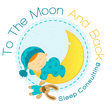
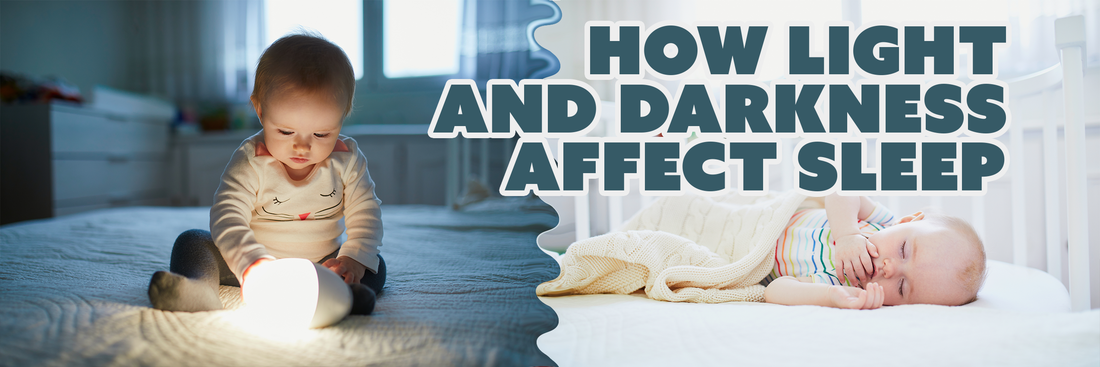



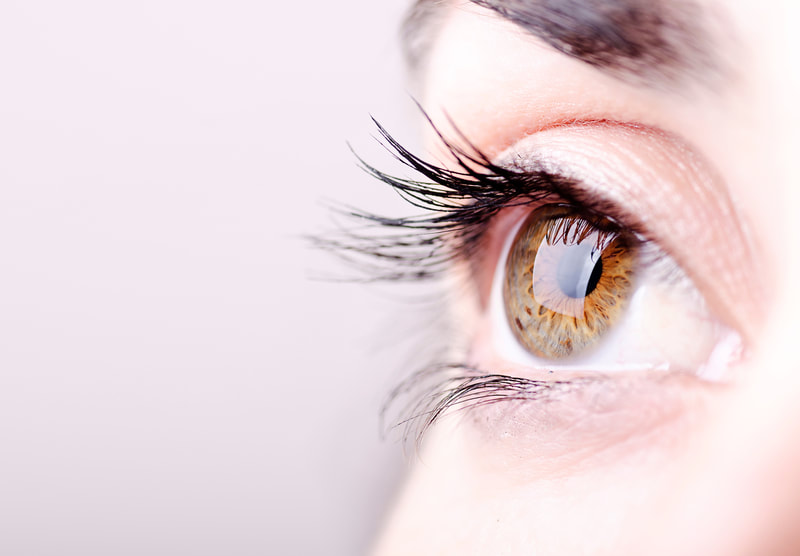
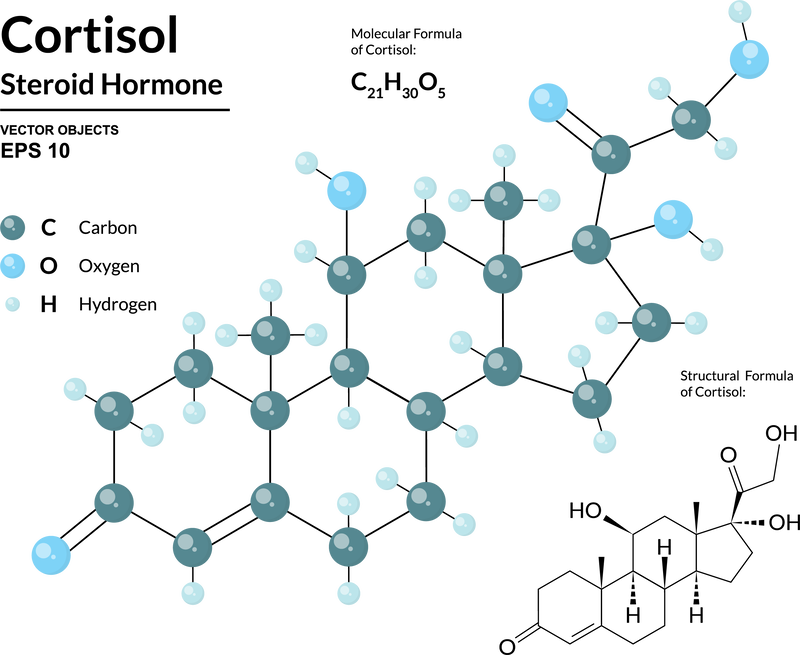



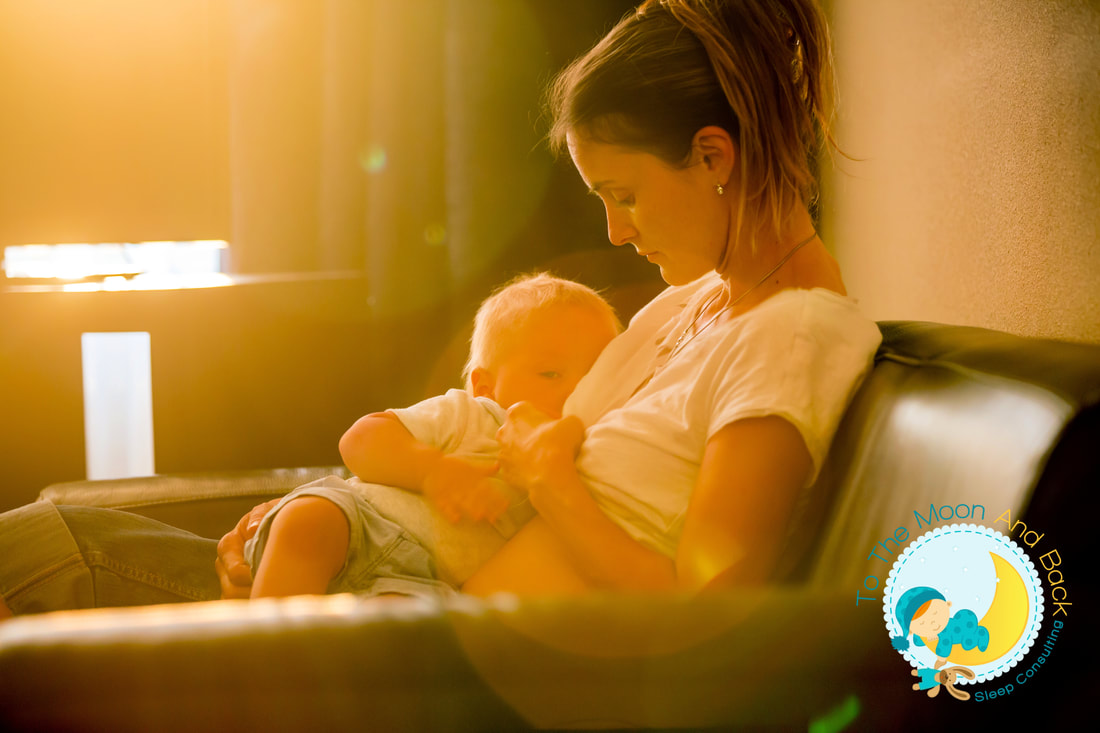



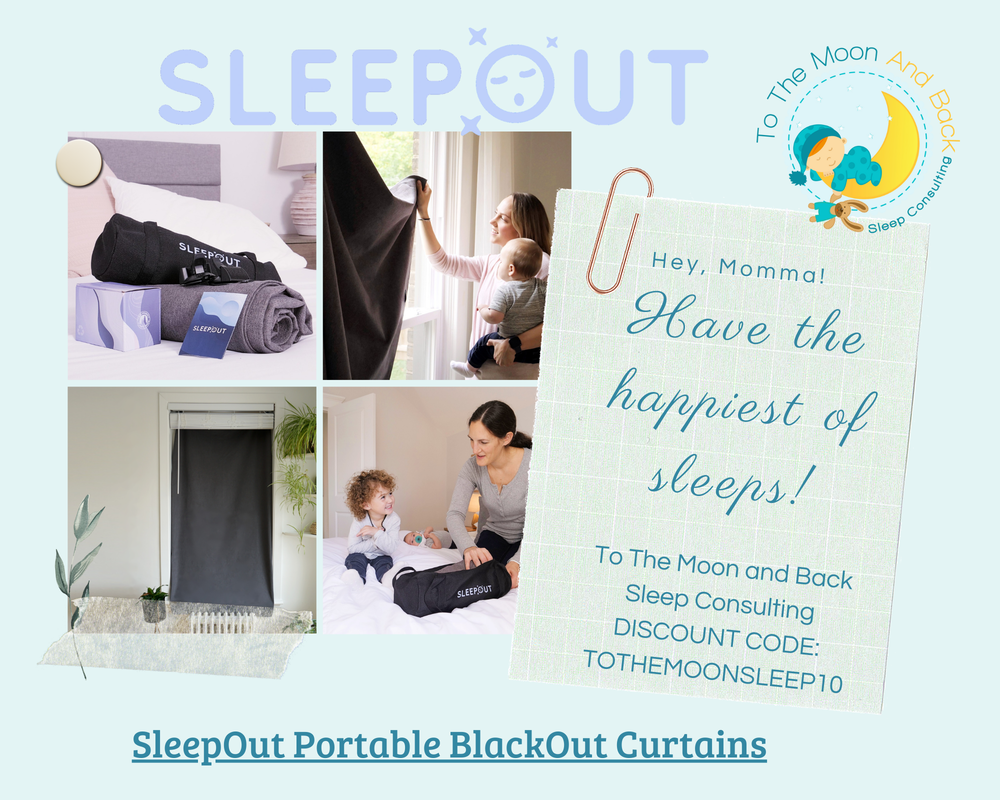

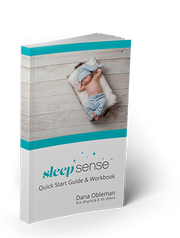



 RSS Feed
RSS Feed
